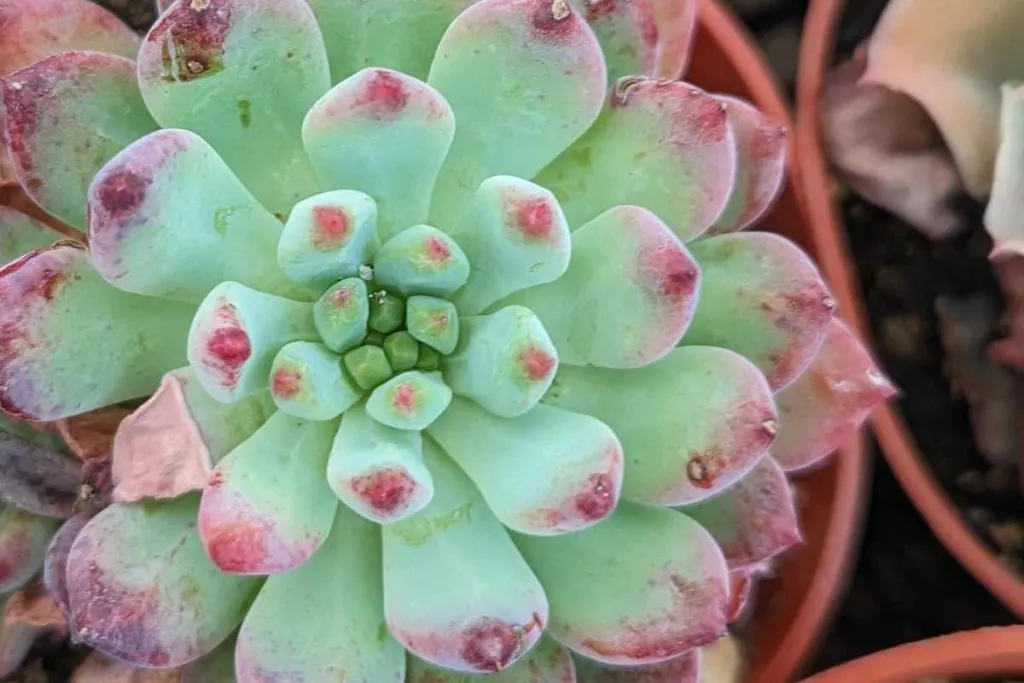What Plants Don't Like Epsom Salt as well as Their Alternatives
What Plants Don't Like Epsom Salt as well as Their Alternatives
Blog Article
Learn Regarding the Certain Plants That Are Adversely Affected by Epsom Salt Application
Epsom salt, a preferred household treatment for various horticulture concerns, is often praised for its advantageous results on plant growth. Not all plants respond positively to its application. Comprehending the particular plants that can be negatively influenced by Epsom salt is essential for any type of gardener looking to enhance their plant treatment regimen. Roses, tomatoes, azaleas, peppers, and rhododendrons are simply a couple of examples of plants that may not react well to Epsom salt. The reasons behind these adverse effects and how to minimize them are essential knowledge for preserving a flourishing garden.
Roses

Roses, specifically delicate to adjustments in their setting, can be negatively impacted by the application of Epsom salt. While Epsom salt is frequently made use of as a plant food to advertise plant growth and enhance flowering, roses are one of the plants that do not react well to its application. The high magnesium web content in Epsom salt can disrupt the uptake of various other crucial nutrients by the rose plants, leading to shortages that materialize as yellowing leaves or stunted growth.

Tomatoes
While Epsom salt is frequently touted as a solution for different plant problems, consisting of blossom end rot in tomatoes, its application can lead to detrimental outcomes if not used carefully. Too much Epsom salt, which is magnesium sulfate, can interfere with the fragile nutrient equilibrium required by tomatoes, possibly leading to shortages in other necessary nutrients like calcium. When thinking about the use of Epsom salt on tomatoes, it is crucial to adhere to advised application rates and dirt testing to avoid unplanned repercussions on the overall health and performance of these precious yard plants.
Peppers
Peppers, respected for their different shades and levels of spiciness, can show sensitivity to negative effects from Epsom salt when not used with care and factor to consider for their specific nutritional requirements. what plants don't like epsom salt. Peppers, belonging to the Solanaceae household, require a delicate balance of nutrients to flourish. While Epsom salt is understood to increase magnesium levels in plants, excessive application can disrupt this equilibrium, bring about unfavorable effects on pepper plants
When peppers are exposed to high degrees of magnesium from Epsom salt, it can disrupt the plant's capacity to soak up various other vital nutrients like calcium and potassium. This discrepancy might manifest have a peek at this site in symptoms such as leaf discoloration, stunted growth, and minimized fruit manufacturing. Furthermore, the extreme magnesium can modify the dirt pH, more aggravating nutrient uptake problems for peppers.

Rhododendrons
Provided the sensitivity of certain plant species to inequalities triggered by Epsom salt, it is vital to take into consideration the impact on Rhododendrons, which likewise require specific nutrient levels to prosper. Rhododendrons are acid-loving plants that favor acidic soil conditions with a pH variety between 4.5 and 6.0. Epsom salt, chemically called magnesium sulfate, can modify the dirt pH and interfere with the delicate equilibrium of nutrients crucial for Rhododendron health.

To maintain the ideal growth and health of Rhododendrons, it is important to prevent the unplanned use Epsom salt and instead concentrate on giving the specific acidic dirt problems and nutrients that these plants require for flourishing.
Azaleas
These popular blooming plants are usually found in parks, yards, and landscapes due to you can try these out their beauty and flexibility. While Epsom salt is commonly used as a remedy for magnesium deficiency in plants, its application to azaleas can have negative effects.
Azaleas choose somewhat acidic soil problems, and an unwanted of magnesium from Epsom salt can interrupt this equilibrium, leading to nutrient imbalances and prospective toxicity problems. The wrong application of Epsom salt can result in stunted growth, yellowing of leaves, and overall decline in the health of azaleas.
Conclusion
In final thought, it is essential to be knowledgeable about the particular plants that can be detrimentally affected by the application of Epsom salt. Roses, tomatoes, azaleas, peppers, and rhododendrons are some examples of plants that may not benefit from Epsom salt and could even endure harm. It is essential to research study and understand the requirements of each plant types prior to making use of Epsom salt as a plant food to guarantee their health and wellness and wellness.
Recognizing the specific plants that can be detrimentally affected by Epsom salt is vital for any kind of gardener looking to enhance their plant care routine. While Epsom salt is generally utilized as a fertilizer to advertise plant growth and improve flowering, roses are one of the plants that do not react well to its application.Excessive use of Epsom salt can likewise result in an accumulation of salts in the soil, leading to news root damages and dehydration of the rose plants. While Epsom salt is recognized to increase magnesium levels in plants, extreme application can disrupt this stability, leading to adverse effects on pepper plants.
The high salt web content in Epsom salt can also dry out Rhododendron roots, triggering additional stress and damage to the plant. (what plants don't like epsom salt)
Report this page